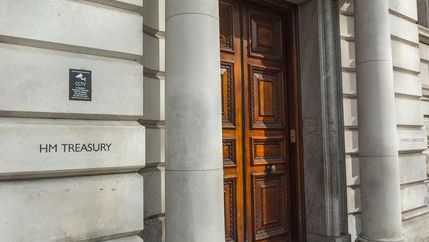
The Strategy sets out the pathway for cutting greenhouse gas emissions within Scotland by more than two thirds.
It is estimated that the transition to zero emissions heat could support around 16,400 jobs across the economy in 2030 and to maintain progress towards Scotland’s statutory emission reduction targets, this must scale up to provide a total of at least 124,000 systems installed between 2021 and 2026.
However, questions have been left unanswered in regard to what financial support will be made available to landlords and homeowners in order to ensure that properties in the PRS and as well as owner-occupier households meet EPC band C in the timeframes provided.





